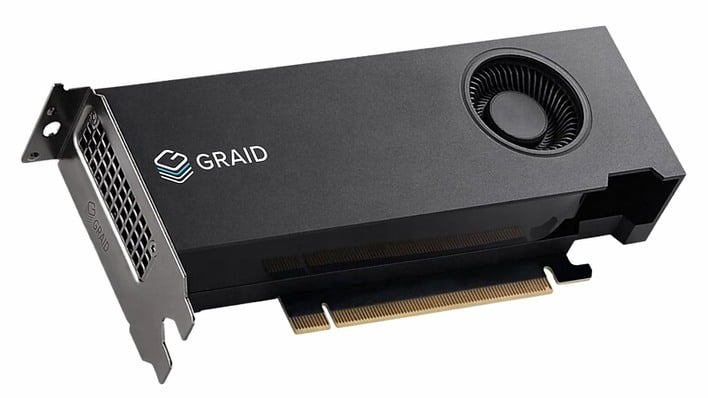DavidGraham
Veteran
I am guessing not much. Texture loading speed is only marginally faster on more powerful hardware, as Alex has shown: a 2060 takes 1.27 seconds, a 4070 takes 1.17 seconds and a 4090 takes 1.07 seconds. So, very minimal difference between vastly different GPUs.What I am interested in is how much this impacts GPU performance.
Speaking of Portal Prelude RTX, the performance of Ampere GPUs seems far ahead of Turing GPUs. @1080p native, the 3060Ti is 20% faster than 2080Ti, while the 3070 is 40% faster. Apparently this was the same in Portal RTX, but it's the first time I paid attention to it.

Portal: Prelude RTX: PC Performance Benchmarks for Graphics Cards and Processors | Action / FPS / TPS | GPU TEST
We conducted a detailed test of Portal: Prelude RTX at the highest graphics settings using video cards from the GEFORCE RTX and RADEON RX series. During our tests, we also evaluated the performance

